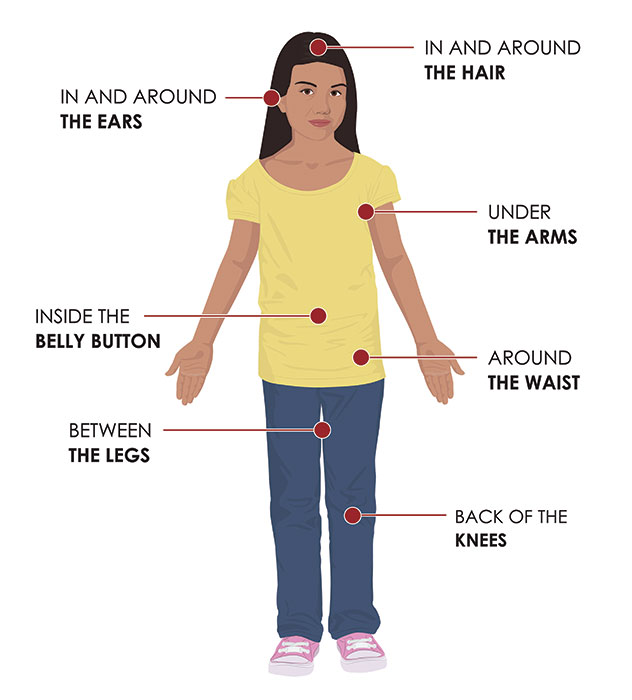Record setting precipitation combined with mild temperatures this winter are setting the stage for an explosion in the tick population this spring, according to researchers at Rutgers University.
“Ticks, like most small organisms, are very sensitive to dry weather. It kills them,” said Dina M. Fonseca, a Rutgers entomology professor and director of its the Center for Vector Biology. “But we have been experiencing exceptionally wet seasons. It slows down their decline in number. So we could end up for a very large population this year.”
The Northeast and Mid-Atlantic experienced above average precipitation and temperatures during the winter months leading to this spring. According to New Jersey State climatologist David Robinson, the Garden State averaged 64.8 inches of precipitation in 2018 — the wettest year on record — followed by a winter featuring the 13th-most precipitation since 1895.
Ticks are known for spreading a host of diseases like ehrlichiosis, tularemia, and Lyme Disease, but the Lone Star Tick is also known to cause alpha-gal syndrome where one develops an allergy to a sugar found in red meat and in some medications.
The Center for Disease Control and Prevention (CDC) provides the following advice for preventing tick bites:
Before You Go Outdoors
Know where to expect ticks. Ticks live in grassy, brushy, or wooded areas, or even on animals. Spending time outside walking your dog, camping, gardening, or hunting could bring you in close contact with ticks. Many people get ticks in their own yard or neighborhood.
Treat clothing and gear with products containing 0.5% permethrin. Permethrin can be used to treat boots, clothing and camping gear and remain protective through several washings. Alternatively, you can buy permethrin-treated clothing and gear.
Use Environmental Protection Agency (EPA) registered insect repellents containing DEET, picaridin, IR3535, Oil of Lemon Eucalyptus (OLE), para-menthane-diol (PMD), or 2-undecanone. EPA’s helpful search tool can help you find the product that best suits your needs. Always follow product instructions.
- Do not use insect repellent on babies younger than 2 months old.
- Do not use products containing OLE or PMD on children under 3 years old.
Avoid Contact with Ticks
- Avoid wooded and brushy areas with high grass and leaf litter.
- Walk in the center of trails.
After You Come Indoors
Check your clothing for ticks. Ticks may be carried into the house on clothing. Any ticks that are found should be removed. Tumble dry clothes in a dryer on high heat for 10 minutes to kill ticks on dry clothing after you come indoors. If the clothes are damp, additional time may be needed. If the clothes require washing first, hot water is recommended. Cold and medium temperature water will not kill ticks.
Examine gear and pets. Ticks can ride into the home on clothing and pets, then attach to a person later, so carefully examine pets, coats, and daypacks.
Shower soon after being outdoors. Showering within two hours of coming indoors has been shown to reduce your risk of getting Lyme disease and may be effective in reducing the risk of other tickborne diseases. Showering may help wash off unattached ticks and it is a good opportunity to do a tick check.
Check your body for ticks after being outdoors. Conduct a full body check upon return from potentially tick-infested areas, including your own backyard. Use a hand-held or full-length mirror to view all parts of your body. Check these parts of your body and your child’s body for ticks:
- Under the arms
- In and around the ears
- Inside belly button
- Back of the knees
- In and around the hair
- Between the legs
- Around the waist

- Mild winter, wet 2018 may cause surge in ticks in NJ, Northeast – NorthJersey.com
- Preventing tick bites – CDC





